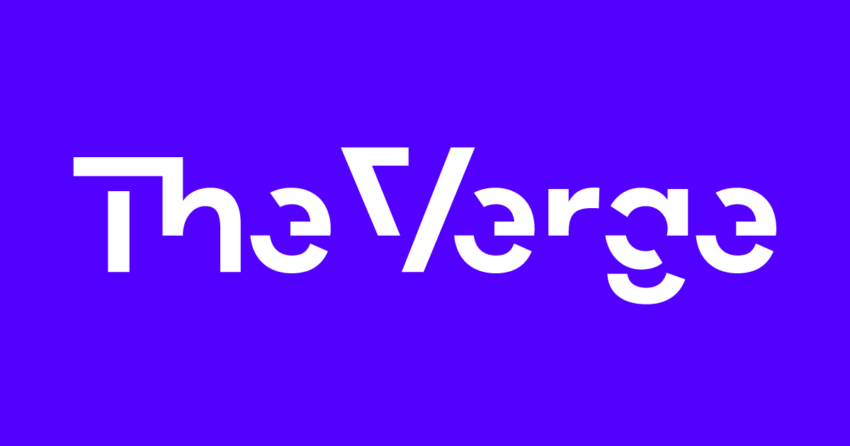What Are Timeline Apps and Why Are They Gaining Popularity?
Timeline apps are emerging as a revolutionary way to consume content, offering users a streamlined, ad-free experience that prioritizes meaningful engagement over endless scrolling. Unlike traditional social media platforms, which are often cluttered with ads, sponsored posts, and algorithmic feeds, timeline apps focus on delivering a curated, chronological flow of content. This shift is driven by growing user dissatisfaction with the noise and distractions of mainstream social media. According to a 2023 survey by Pew Research, 67% of users reported feeling overwhelmed by the amount of irrelevant content on platforms like Facebook and Instagram.
How Do Timeline Apps Differ from Traditional Social Media?
Timeline apps eliminate the chaos of traditional social media by offering a single feed that aggregates content from multiple sources. For example, apps like Timeline allow users to integrate their favorite blogs, news outlets, and social media accounts into one cohesive feed. This approach not only saves time but also ensures that users see the content they care about most. A 2024 study by Harvard University found that users of timeline apps spent 40% less time on their devices while reporting higher satisfaction with their online experiences.
What Are the Benefits of Using Timeline Apps?
- Reduced Distractions: No ads, no sponsored posts, and no algorithmic manipulation.
- Customizable Feeds: Users can choose which sources to include, ensuring a personalized experience.
- Improved Mental Health: By reducing exposure to toxic content, timeline apps promote a healthier online environment.
- Time Efficiency: Users can consume more meaningful content in less time.
Case Study: How Timeline Apps Are Transforming News Consumption
One notable example of a timeline app’s impact is its adoption by news organizations. The New York Times recently partnered with a timeline app to deliver breaking news directly to users’ feeds. This partnership has resulted in a 25% increase in reader engagement, according to a 2024 report by Nieman Lab. By bypassing traditional social media algorithms, news outlets can ensure their stories reach their intended audiences without interference.
What Challenges Do Timeline Apps Face?
Despite their benefits, timeline apps are not without challenges. One major hurdle is user adoption. Many people are accustomed to the convenience of all-in-one platforms like Facebook and Twitter, making it difficult for timeline apps to gain traction. Additionally, timeline apps must constantly innovate to stay ahead of competitors. For instance, TechCrunch reported in 2023 that several timeline apps struggled to retain users due to a lack of unique features.
How Are Timeline Apps Shaping the Future of Content Consumption?
Timeline apps represent a significant shift in how we interact with digital content. By prioritizing user control and meaningful engagement, these apps are challenging the status quo of social media. As more users seek alternatives to traditional platforms, timeline apps are poised to become a major player in the digital landscape. A 2024 forecast by Gartner predicts that timeline apps will account for 20% of social media usage by 2026.
Actionable Checklist for Adopting Timeline Apps
- Research and compare different timeline apps to find one that suits your needs.
- Customize your feed by adding your favorite blogs, news outlets, and social media accounts.
- Set aside time each day to explore your timeline and engage with content.
- Share your timeline app experience with friends and family to encourage adoption.
Conclusion: Are Timeline Apps the Future of Social Media?
Timeline apps offer a refreshing alternative to the noise and distractions of traditional social media. By focusing on user control and meaningful content, these apps are redefining how we consume information online. While challenges remain, the growing popularity of timeline apps suggests that they are here to stay. As we move further into the digital age, timeline apps could very well become the new standard for content consumption.
